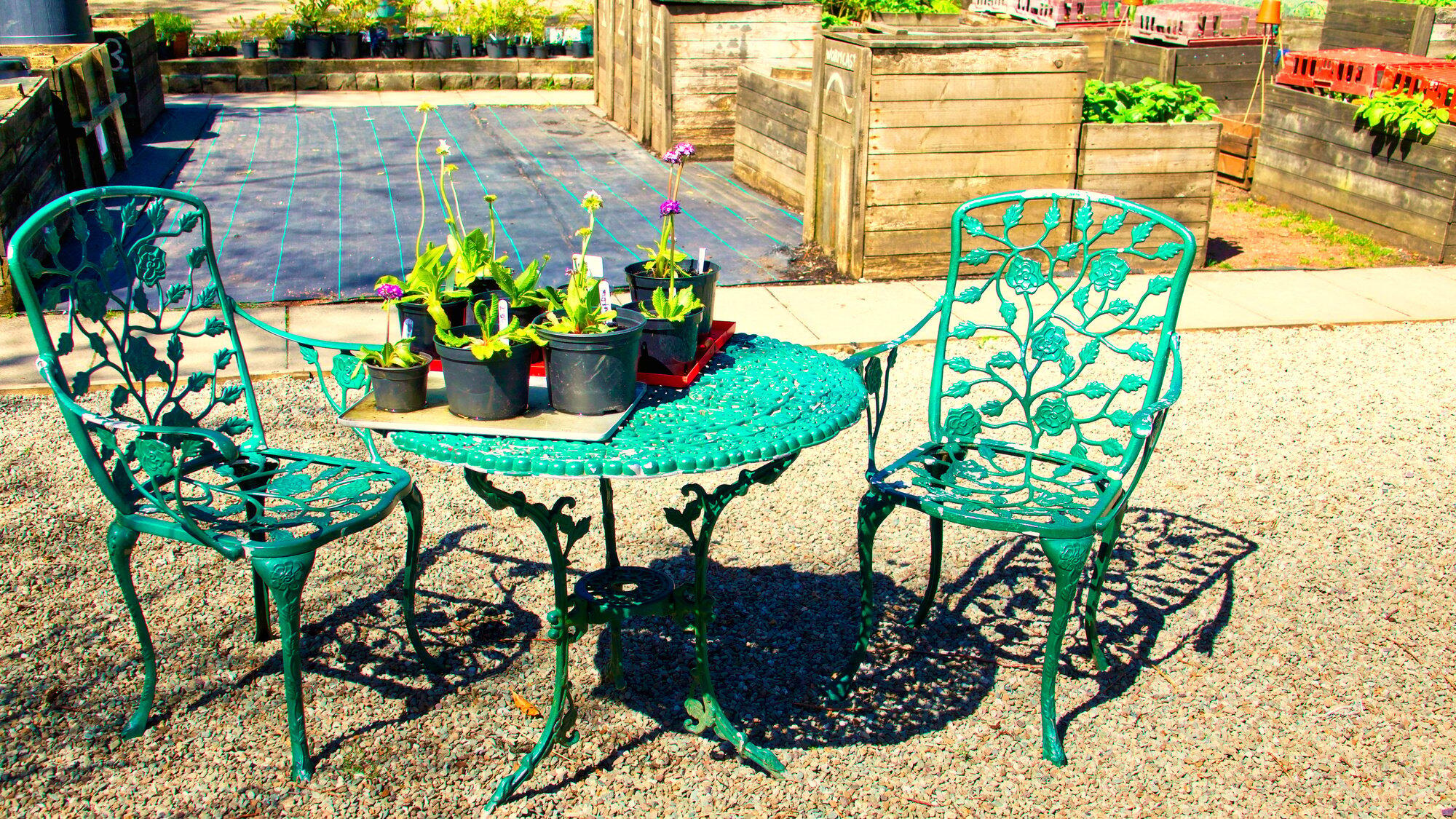The ideals around senior living and the way that we think as a society about the elderly are in a constant state of flux and there are ongoing changes. One of the aspects that has come to the fore is the spaces which the elderly spend their time in and live out their elderly years in. Here are a few tips on how elderly spaces should be considered and organized to provide the best interior design options for this very specific time in your life.
Understand your needs and personal requirements
The first step in this process is to understand exactly what the needs and personal requirements are for these senior years.
- Will you need to use a wheelchair or walking frame, and will you need improved access?
- Where will you spend your time if you’re not mobile, and can you access the outdoor spaces on their own?
Then you have aspects of color and texture that can both go a long way to livening up living areas and making them brighter and lighter. Be realistic and yet have some creative thinking to keep it interesting and fun. Where we live and the rooms that we spend our time in are incredibly important.
Purpose-built for access and usability
Spaces that are purposely built for the elderly will provide all the engineering and design features to make them perfect to live in. So, if you’re considering where to live, you’ll need to consider places that are designed and built specifically for this purpose.
They are changing over time, in the sense that although they are built for care and with adult and senior care in mind, the newer versions of such homes are much more social, with more interior shared spaces, and don’t use the hospital seagrass green wall color that had become so popular. The design of residential homes that are specific to the care provided are a great way to have a living space that’s designed with all your health and wellness needs in mind.
Home stay and elderly design needs
Staying at home offers the opportunity to have your own interior design look and feel for as long as you want it. For many, the main aim is thus to have professional care provision at home. Care providers that offer in-home care and accepts Circle of Care support and assistance have become popular as a means for the elderly to remain in situ for years and yet still have professional medical care.
In this way, you can ensure that the space that you live in is decorated and designed specifically for your needs and your specific lifestyle. Using colors and interior design that’s both personalized and fun without fear of reprisal or having to conform to residential care home rules.
The places that the elderly live in have arguably been neglected in the past and simply considered for their usability. This has changed over time, and it’s now considered just as important for the elderly to live in spaces with interior design principles, palettes and personality that have the specific senior in care at their heart.



